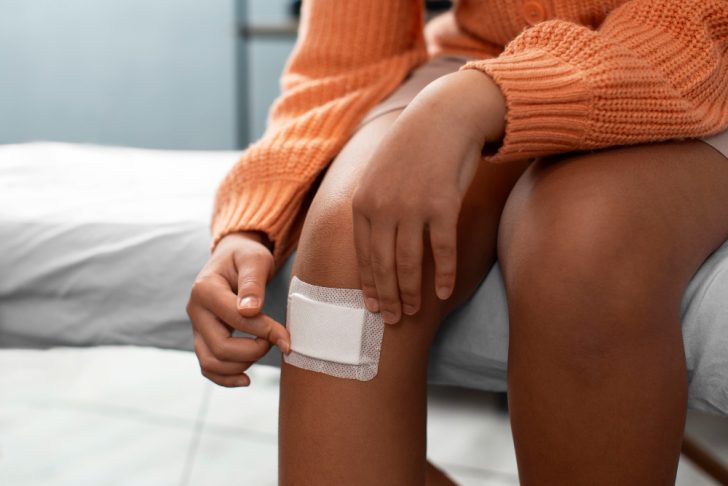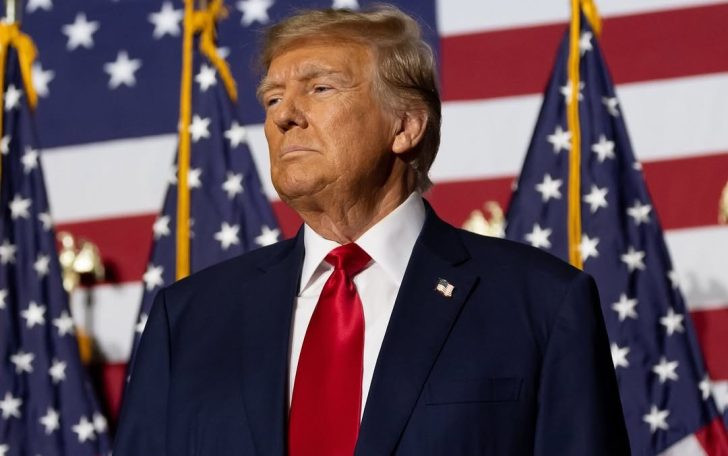The Trump administration has rolled out a plan to control runaway Medicare costs tied to skin substitute bandages. The program spent over $10 billion on these products in 2024, a forty-fold jump since 2019. Critics say years of lenient pricing rules let manufacturers push untested products into the market.
Now, new flat payment rates could reset how much is paid and who can profit.
The debate over these bandages goes beyond health policy. It touches on campaign ties, trade group warnings, and a long delay of earlier rules. Medicare officials say they are closing loopholes that allowed excessive charges, yet some providers fear patient access will drop.

Freepik / Medicare will stop letting companies set their own per-inch prices. Some products cost as much as $21,000 per square inch under the old approach, which drove a surge in spending.
Starting January 2026, each square inch will be capped at $806 to $809, ending years of unchecked pricing.
Policy experts argue this marks one of the largest attempts to clamp down on a single overspending category. The steep cut may reshape which companies stay in the market and which products remain available. It is a signal that oversight is back on the table after years of rapid growth.
Billions Spent in a Few Years
Spending on these bandages went from almost nothing in 2019 to more than $10 billion last year. Medicare data show the increase outpaced most other categories by a wide margin. Analysts link it to manufacturers testing how far they could push reimbursement rules.
The growth was not gradual. It spiked sharply after 2020, as hundreds of products found their way onto the list. Many entered the market without strong evidence that they worked better than standard care, creating a gray zone of oversight.
However, the Biden administration had written a rule to limit coverage to bandages proven to treat certain ulcers. That rule was ready to roll out, but got pushed back twice by Trump officials. The first delay moved it to 2025, and the second pushed it to 2026.
Reporters found that a leading manufacturer in this market donated to Trump’s political efforts. The timing of those contributions lined up with the policy delays. That connection drew attention from lawmakers who questioned whether industry access shaped federal decisions.
A Flood of New Products
Since 2023, more than 100 new skin substitute bandages have entered the market. Each promised new materials or designs, but few came with clear clinical evidence. Medicare kept reimbursing them at whatever price the company chose.
That open-door approach created a competitive rush, but it also meant oversight lagged. Health economists say this environment is unusual for a federal program of Medicare’s size, and it shows how small rules can create large spending shifts.

Trump / IG / Industry groups argue the new flat rates are too low for sustainable production. Some suppliers say they will stop making certain products once the cap takes effect.
They predict that patients in smaller hospitals may have fewer treatment options.
Manufacturers warn that lower rates could also deter investment in better materials. They frame the cap as a blunt tool that risks undercutting genuine innovation, though Medicare officials say proven products will still have a path to reimbursement.
The entire episode highlights weak oversight of rapidly expanding product categories. Medicare typically requires evidence of clinical benefit, yet these bandages slipped through under a less strict process. Spending ballooned before anyone set limits.
Analysts see this as one of the program’s most striking examples of cost growth without solid review. It has revived conversations about how Medicare decides what to cover and how much to pay.
